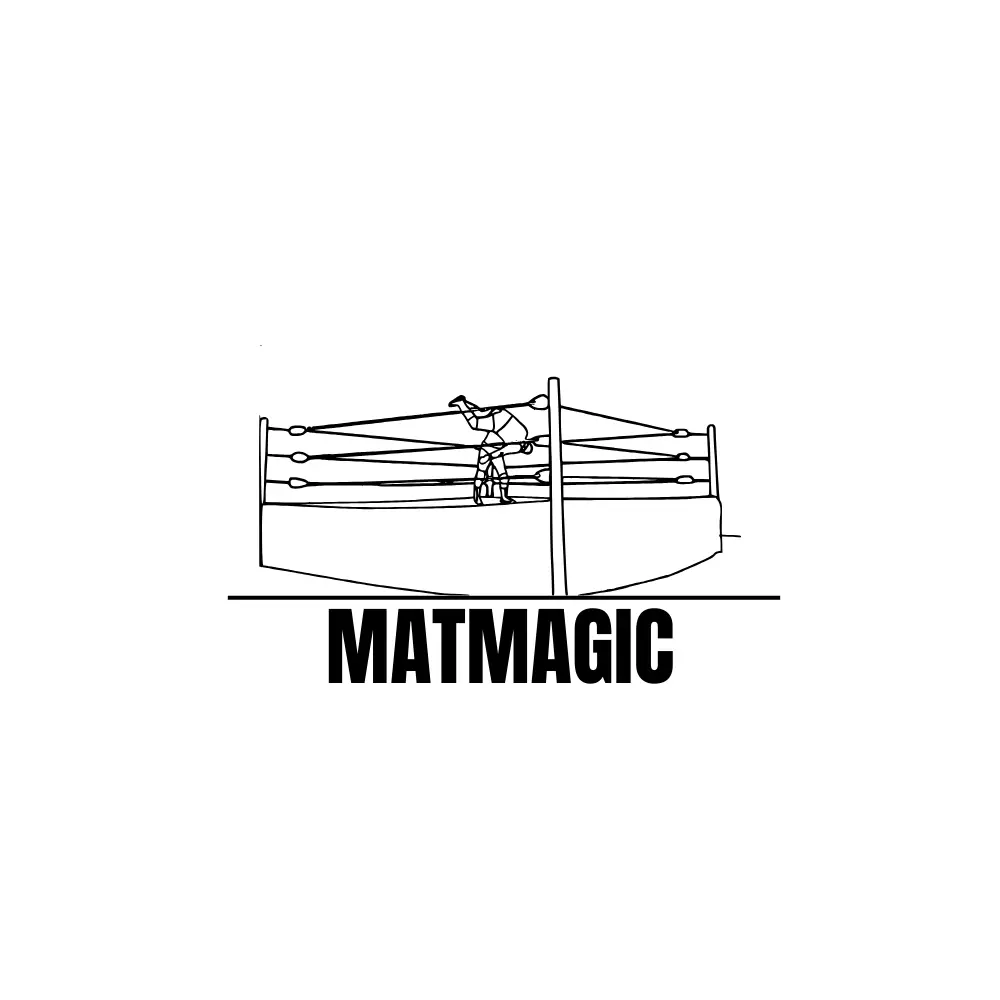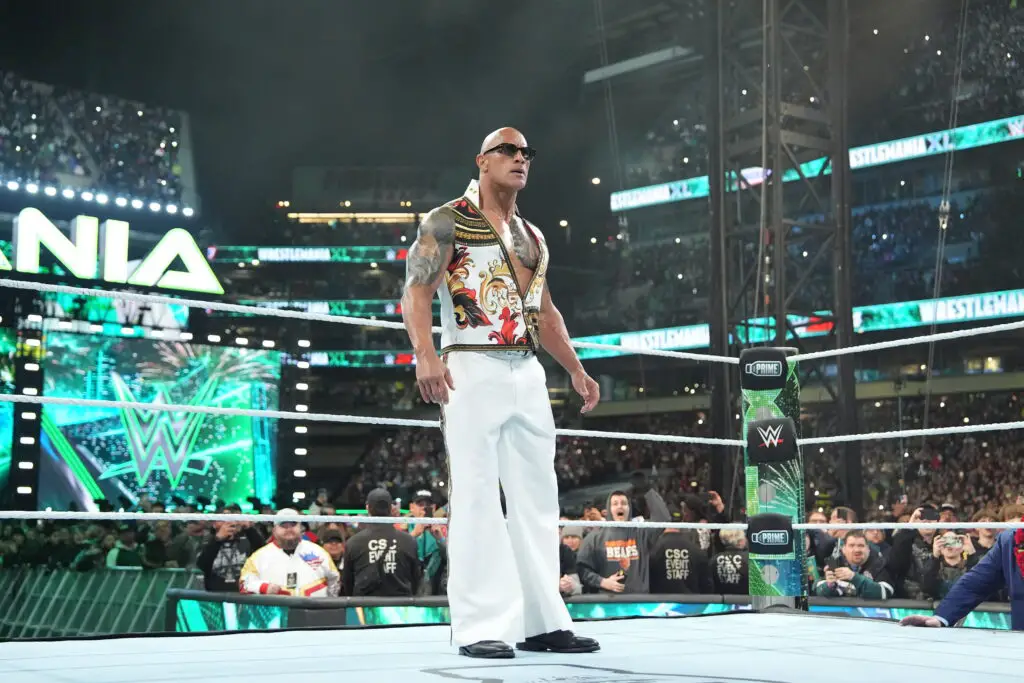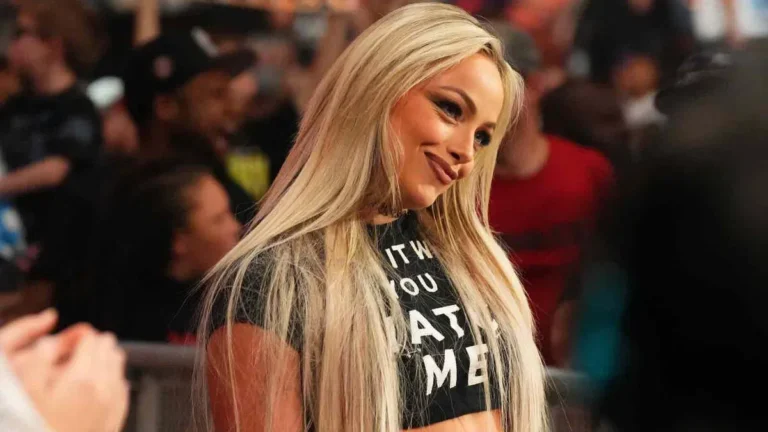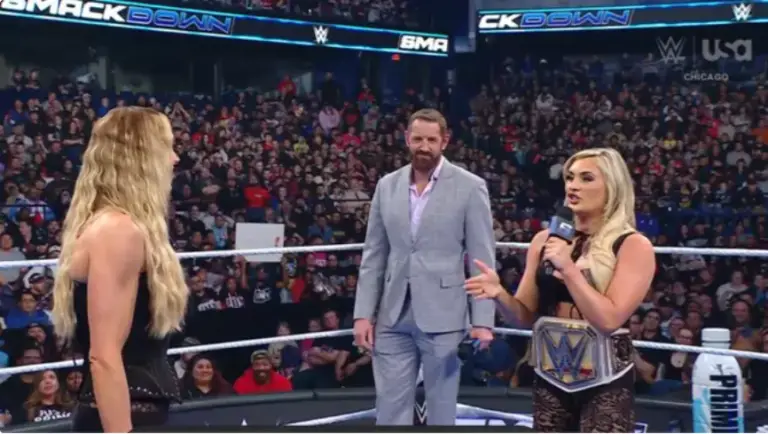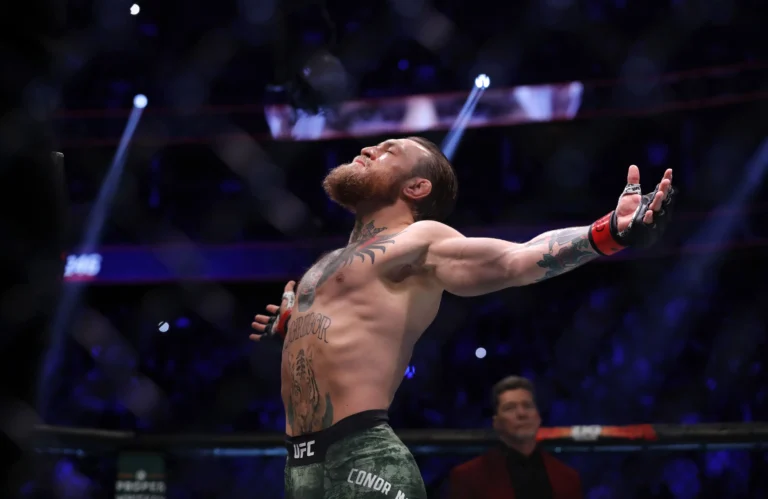Wrestling isn’t just a sport. It’s a cultural phenomenon that has transformed from a gritty, no-holds-barred spectacle into something that looks more like a carefully scripted Saturday morning cartoon. And fans? They’re absolutely losing their minds.
Here’s why WWE’s PG era is causing mixed reactions from global fans and what it means for the franchise.
The Brutal Backstory: How We Got Here
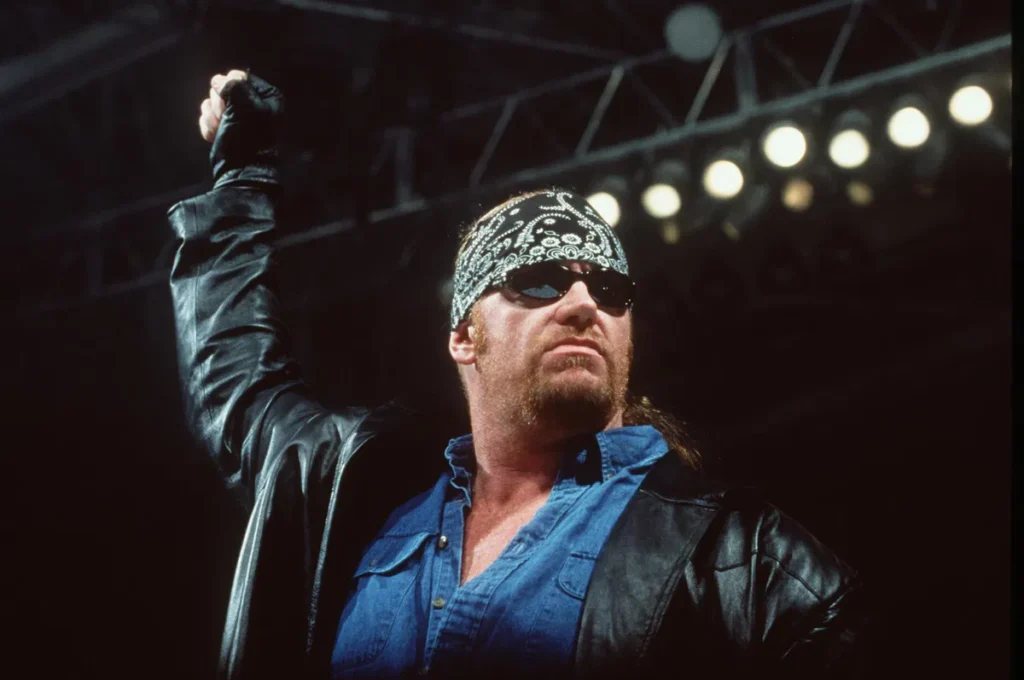
To truly understand the PG era’s impact, we need to dive deep into the wrestling world’s most controversial transformation. This isn’t just a simple genre shift – it’s a full-blown revolution that has split the wrestling community down the middle.
The Attitude Era: A Golden Age of Chaos
Let’s rewind to the late 90s and early 2000s. The Attitude Era was wrestling’s Wild West – a time when superstars like Stone Cold Steve Austin, The Rock, and Mick Foley weren’t just performers, they were cultural icons. This was an era of:
- Unscripted, raw promos that felt like genuine explosions of emotion
- Matches that blurred the line between performance and actual combat
- Storylines that tackled adult themes without fear or reservation
- Characters that were complex, flawed, and utterly captivating
Wrestlers weren’t just athletes; they were larger-than-life personalities who could make you laugh, cry, and want to start a bar fight – all in the span of a single segment.
The Turning Point: When WWE Went PG
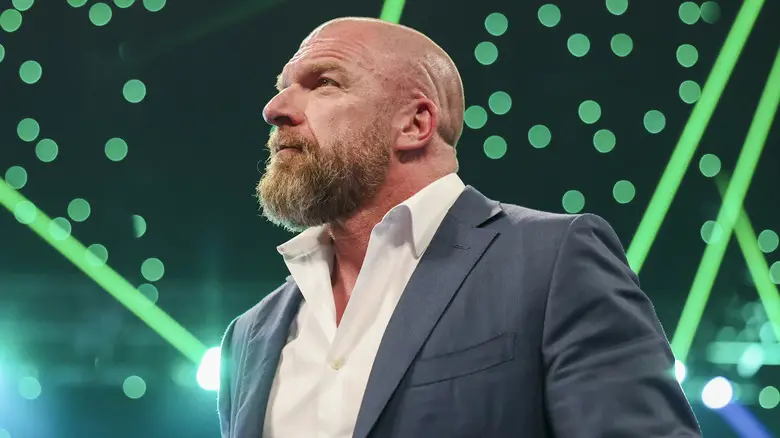
The shift didn’t happen overnight. It was a calculated, strategic move that began around 2008 when Vince McMahon realized that the future of wrestling wasn’t in catering to the hardcore fan base, but in creating a more “family-friendly” product.
The Corporate Calculation
Why would a company deliberately neuter its most successful entertainment format? The answer is brutally simple: money.
- Merchandise sales skyrocketed with kid-friendly designs
- Major corporations became more willing to sponsor
- TV deals became exponentially more lucrative
- Live event attendance shifted to a younger, more controllable demographic
The WWE wasn’t just changing its product – it was rebranding itself as a global entertainment company, not just a wrestling promotion.
The Painful Transformation: What Was Lost
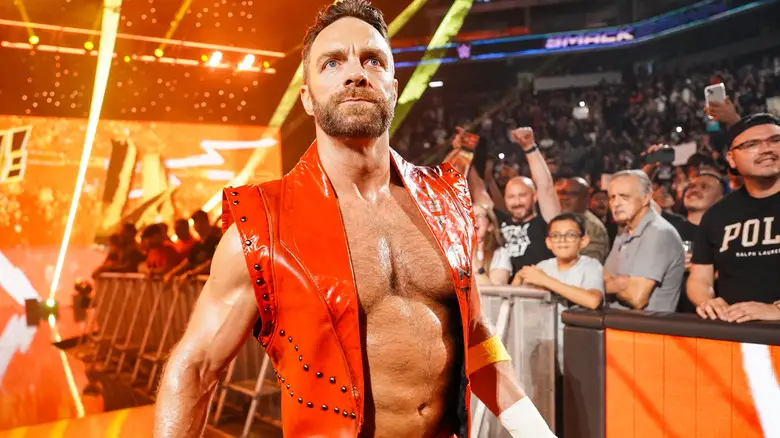
The transition to PG wasn’t just about removing explicit content. It was a complete surgical removal of wrestling’s soul. Let’s break down exactly what disappeared:
1. Storytelling Complexity
Gone were the days of nuanced, morally ambiguous storylines. Instead, we got:
- Simplified good vs. evil narratives
- Predictable plot lines
- Characters reduced to one-dimensional caricatures
2. In-Ring Performance
The physical art of wrestling was fundamentally altered:
- Less emphasis on realistic combat
- More choreographed, almost dance-like performances
- Strict limitations on physical contact and “dangerous” moves
3. Character Development
Legendary characters that once struck fear and inspired passion were reduced to:
- Cartoonish representations
- Marketable, toy-friendly designs
- Personalities that could fit on a lunchbox
The Wrestler’s Perspective: Trapped in a New System
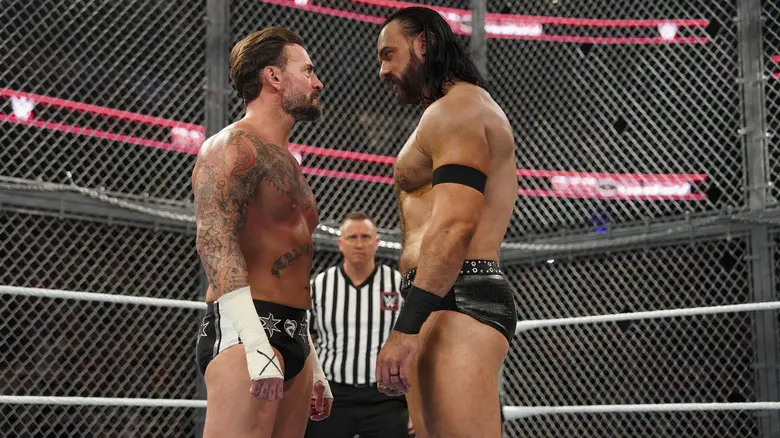
The real tragedy of the PG era isn’t just about fan disappointment – it’s about the wrestlers themselves being forced into an incredibly restrictive creative environment.
Voices Silenced
Consider the journeys of some of wrestling’s most dynamic performers:
CM Punk: The Voice of Rebellion
Punk represented everything the old wrestling world loved. His pipe bomb promo in 2011 was a momentary glimpse of the raw, unfiltered wrestling of the past. But even he was eventually suffocated by the PG machine, ultimately leaving WWE to find creative freedom.
Dean Ambrose/Jon Moxley: Breaking Free
Moxley’s jump to AEW wasn’t just a career move – it was a statement. He represented the wrestlers who refused to be contained by the PG era’s restrictions.
The Undertaker: From Supernatural Terror to Corporate Mascot
Perhaps no wrestler represents the PG transformation more than The Undertaker. From a genuinely terrifying supernatural entity to a beloved, sanitized character suitable for children’s birthday parties.
The Fan Civil War: Two Extremely Divided Camps
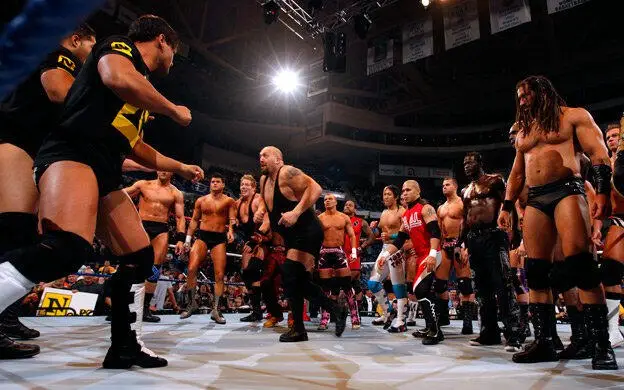
The wrestling community has never been more split. Two distinct ideological groups have emerged:
Team “Preserve the Purity”
These are the hardcore fans who view the PG era as a complete betrayal. Their arguments include:
- Wrestling lost its authentic, rebellious spirit
- Storytelling became formulaic and predictable
- The physical art of wrestling was fundamentally compromised
Team “Necessary Evolution”
The opposing camp argues that:
- Wrestling needed to become more inclusive
- The old format was problematic and alienating
- A more family-friendly approach ensures the sport’s long-term survival
The Business Logic: A Cold, Calculated Strategy
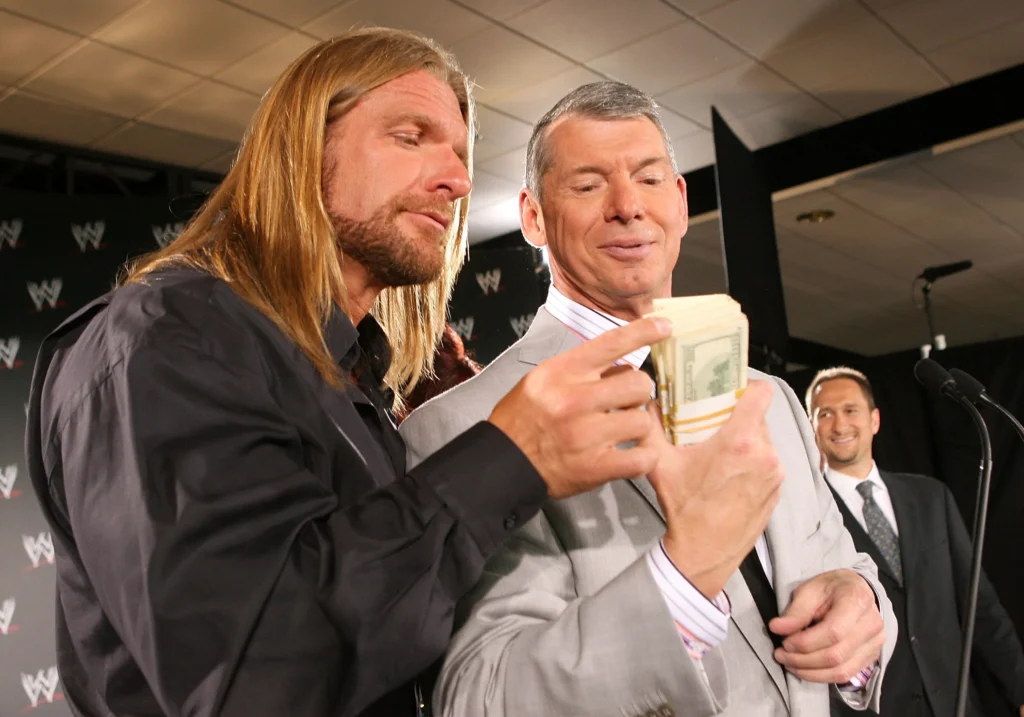
Let’s be brutally honest: WWE’s transformation wasn’t about artistic integrity. It was a cold, calculated business decision.
Financial Metrics
- Merchandise revenue increased by over 300%
- Sponsorship deals became significantly more lucrative
- Global brand recognition expanded dramatically
- Reduced legal and regulatory risks
The Unexpected Consequence: AEW’s Explosive Rise
Perhaps the most fascinating outcome of WWE’s PG era was the creation of its own biggest competitor. All Elite Wrestling (AEW) essentially built its entire brand by promising fans the hard-hitting, no-holds-barred experience that WWE abandoned.
AEW: The Anti-PG Movement
Tony Khan created more than a wrestling promotion – he created a direct response to WWE’s sanitization. AEW promised:
- More realistic, physical performances
- Complex, adult storytelling
- Creative freedom for performers
- A return to wrestling’s roots
Hints of a Potential Comeback
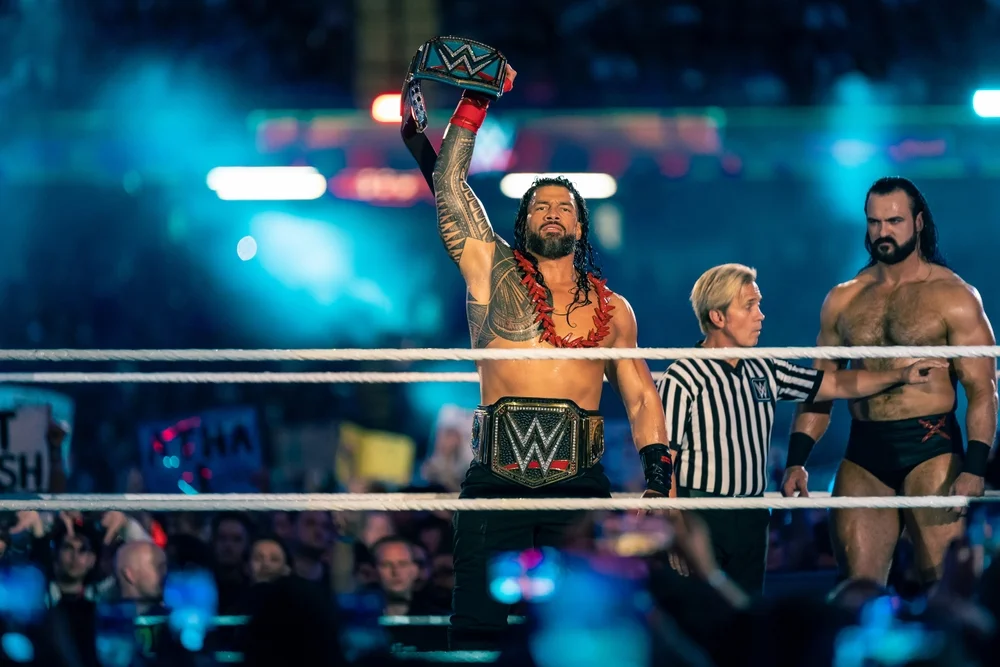
Wrestling isn’t static. Recent years have shown glimmers of hope for fans craving a more authentic experience:
- Slightly more complex character arcs
- Occasional glimpses of harder-hitting action
- Subtle hints of the “attitude” that fans miss
The Psychological Impact: More Than Just Entertainment
The PG era isn’t just a wrestling problem – it’s a broader commentary on entertainment, corporate control, and audience expectations.
The Larger Cultural Conversation
Wrestling’s transformation mirrors broader entertainment trends:
- Increasing corporatization of creative mediums
- Prioritizing marketability over artistic expression
- The constant tension between artistic integrity and commercial success
The Future: Uncertain But Exciting
As we look forward, one thing becomes crystal clear: the wrestling world is in a state of constant evolution. The PG era might have been a significant detour, but it hasn’t destroyed the core of what makes wrestling great.
Your Move, Wrestling Fans
Are you Team PG or Team Attitude? This isn’t just about wrestling – it’s about the soul of entertainment itself.
Sound off in the comments. Share this post. Start the conversation. 🔥🤼♂️
The wrestling revolution continues, and you’re either part of it or watching from the sidelines.
